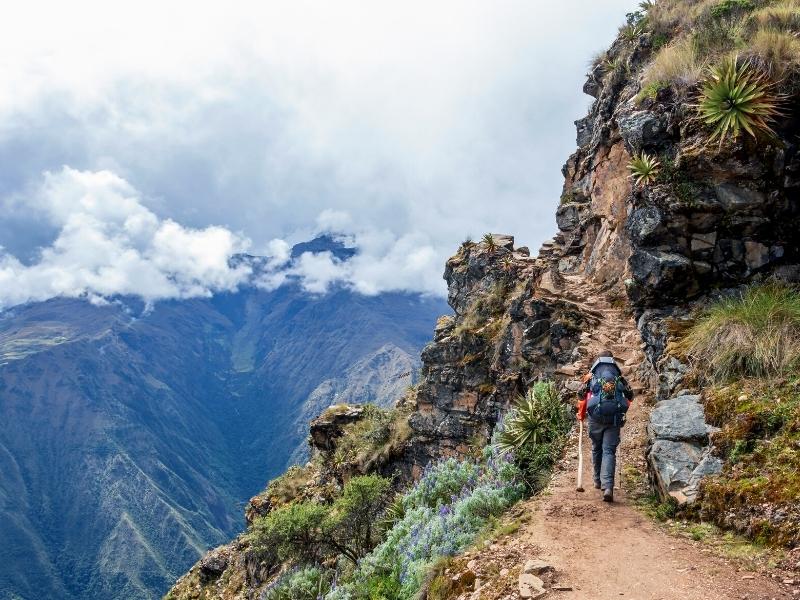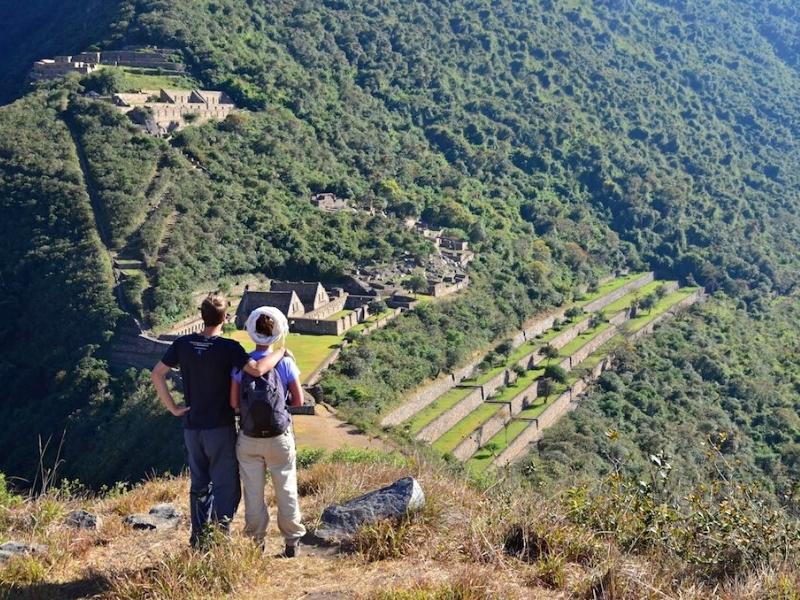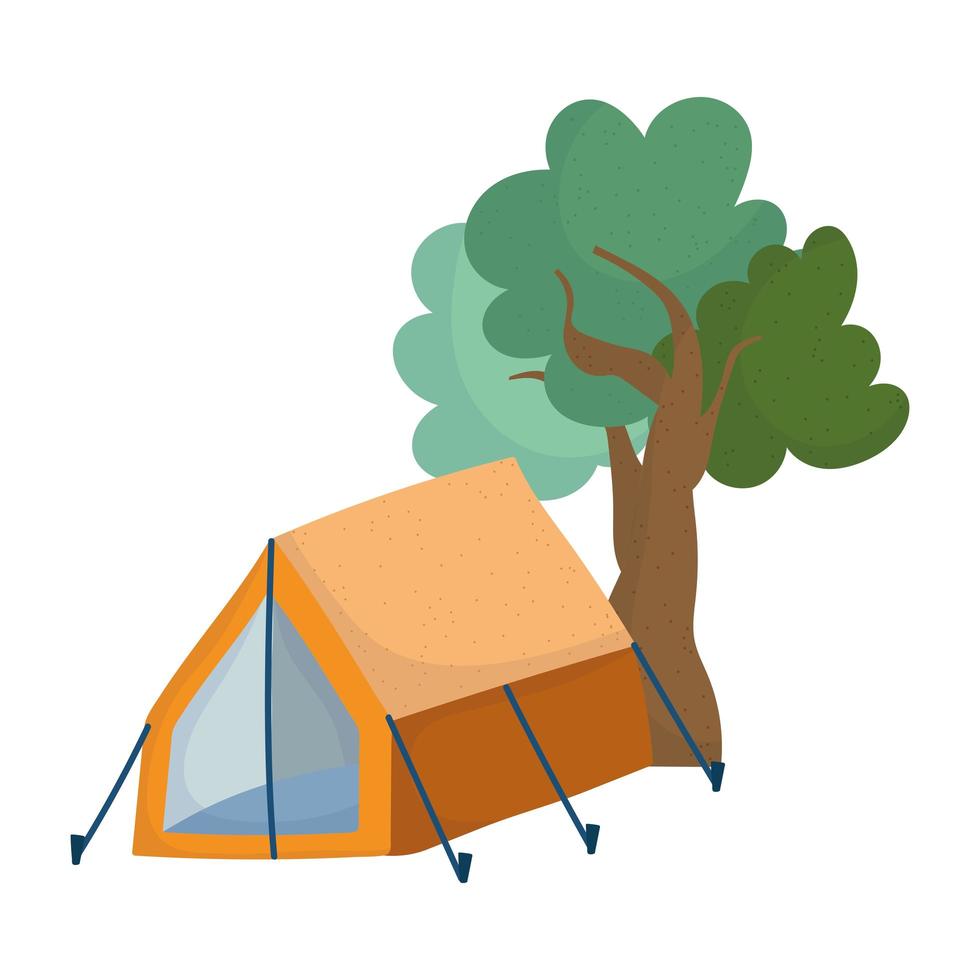The cultural wealth of Choquequirao has attracted the attention of researchers and historians since its formal discovery in the mid-19th century. Although the initial interest has been cultural heritage, due to the impressive archaeological monuments found in the area. Choquequirao is one of the few areas that houses a nine natural ecosystems, impressive landscapes dominated by the mountain system, with steep slopes. Choquequirao, with an area of 103,814.39 hectares, is home to a diversity of wild ecosystems, covering a large altitudinal range, ranging from the snow-capped mountains (glacial and periglacial zone) at more than 6000 meters, to the deep valley of the Apurímac River where we find the forest seasonally. dry inter-Andean, passing through the humid puna grasslands and humid montane forests that are also known as cloud forests. This entire mosaic of ecosystems forms a representative sample of the Andes towards their meeting with the Amazon, framed in a large and complex hydrographic system.
The great Inca citadel of Choquequirao was built during the government of the Inca Pachakuteq, and later completed by his descendants. It should be noted that this construction was developed by ethnic groups from the coast and north of Peru. The construction engineering applied is one of the most surprising, since it is much larger than Machu Picchu. It is estimated that to date we can only appreciate less than 30%. In these sacred lands with hot climates, the government of Tupac Inca Yupanqui in approximately 1470, all this space had been converted into fruit tree orchards of the Inca State. For its production and maintenance, a population of farmers, specialized in the planting and care of trees and plants that the Inca had available, was ordered to be transferred.
Currently, the visit to the ruins of Choquequirao is done through a 4-day round trip hike, which was rated as one of the best trekking routes by National Geographic magazine. The hike is very demanding due to the slopes of its mountains. . The best season is from the beginning of April to November. If you are interested in rarely visited routes and great cultural settings of the Inca empire, this site is a must for people who like history and archeology.






 LOCALLY INSPIRED, DELICIOUS FLAVOURS
LOCALLY INSPIRED, DELICIOUS FLAVOURS
 OUR PASSIONATE TOUR GUIDES
OUR PASSIONATE TOUR GUIDES
 YOUR SAFETY OUR PRIORITY
YOUR SAFETY OUR PRIORITY
 ENVIRONMENTAL SENSITIVITY
ENVIRONMENTAL SENSITIVITY
 CAMPING EQUIPMENT
CAMPING EQUIPMENT
 SMALL GROUPS & BIG ADVENTURES
SMALL GROUPS & BIG ADVENTURES